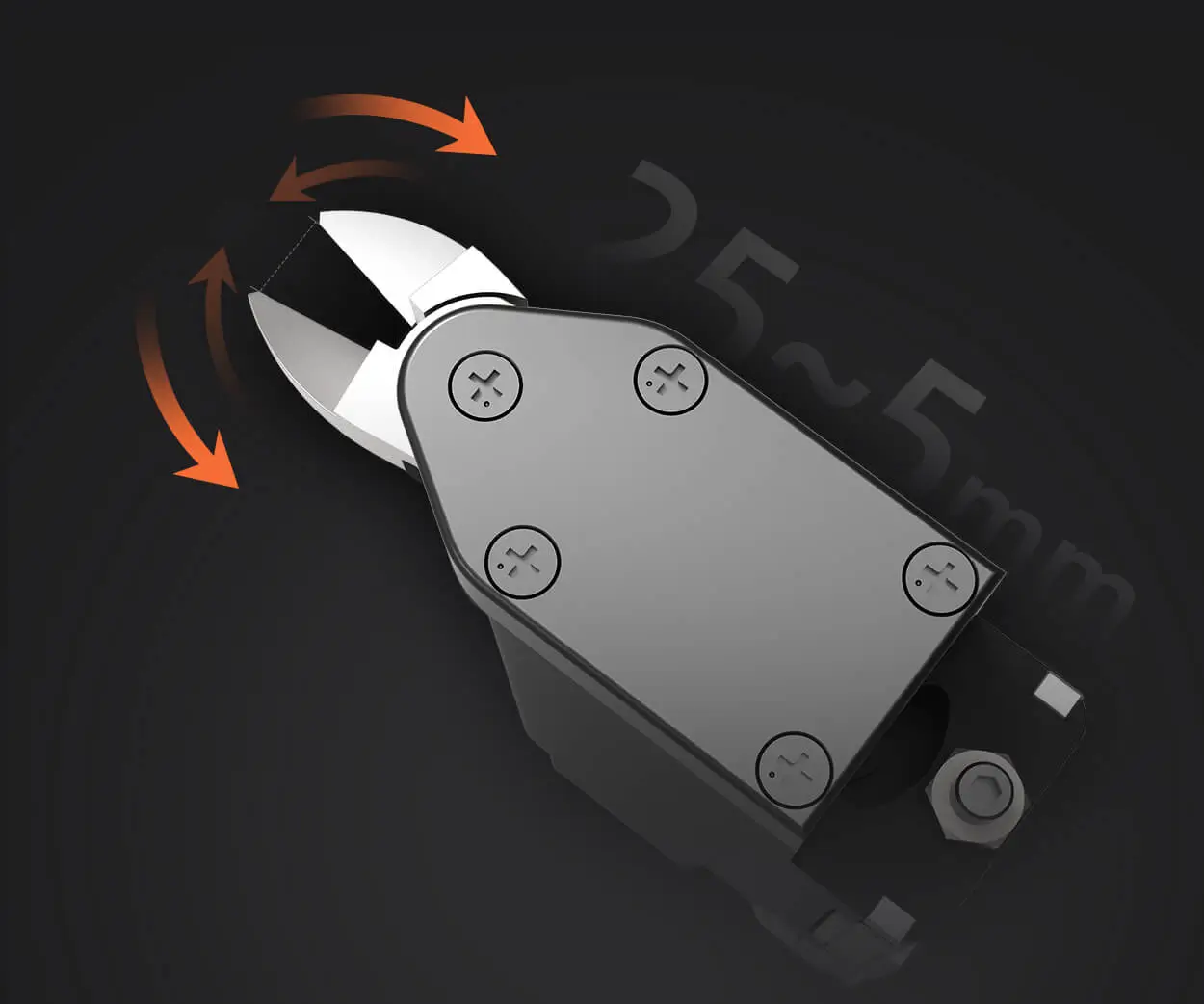Unlocking Power and Precision: The Ultimate Guide to 12V DC Gear Motors
In the world of automation, robotics, and electronic projects, few components pack as much versatility and reliability into a small footprint as the 12V DC gear motor. These motors are quietly revolutionizing how creators, engineers, and hobbyists approach motion control—bringing precision, durability, and energy efficiency to a range of applications. Whether you're building a robot, automating a machine, or designing a custom appliance, understanding the core features and benefits of 12V DC gear motors can significantly elevate your project’s success.

What is a 12V DC Gear Motor?
A gear motor is a type of electric motor combined with a gear train — a series of gears designed to reduce speed and increase torque. The "12V DC" label indicates it operates on a 12-volt direct current power supply, making it compatible with many standard electrical systems. This combination provides a compact, powerful, and controllable drive mechanism ideal for applications where space is limited but precise control over movement is essential.
Think of it as a tiny, efficient powerhouse that can spin, lift, or move objects with finesse. The gear reduction within the motor slows its output speed but amplifies torque, enabling it to handle heavier loads without sacrificing the compact form factor. This balance of power and precision is what makes 12V DC gear motors so appealing.
The Anatomy of a 12V DC Gear Motor
Understanding the anatomy of a gear motor helps in appreciating its capabilities. At the core, there's the electric motor—a device converting electrical energy into rotational mechanical energy. Surrounding or attached to this motor are the gear mechanisms, commonly spur gears, planetary gears, or worm gears, depending on the design.
Motor: Typically a small brushed or brushless DC motor, known for durability and efficiency. Gearbox: A set of gears that reduce the motor's high rotational speed to a usable, slower speed while boosting torque. Shaft: The output axle where mechanical energy is transferred to your device or mechanism. Housing: Protects internal components from dust, moisture, and mechanical impacts, often designed to be lightweight yet sturdy.
You’ll also find various features: mounting brackets, electrical connectors, and sometimes encoders for feedback, which adds another layer of control—especially useful in robotics and automation.
Why Choose a 12V DC Gear Motor?
The advantages of 12V DC gear motors are many, making them a preferred choice for countless projects:
Compact Size: Their small footprint fits easily into tight spaces, making them perfect for portable or embedded systems. High Torque at Low Speeds: Thanks to gear reduction, these motors can handle heavy loads that would be impossible for standard DC motors. Ease of Control: They respond well to control signals, allowing for variable speed and direction—ideal for automation. Low Power Consumption: Operating efficiently at 12V minimizes energy waste, extending battery life and reducing operational costs. Cost-Effectiveness: Both the motors themselves and the associated control components are affordable, making them accessible for hobbyists and professionals alike.
Common Applications of 12V DC Gear Motors
These motors aren’t just theoretical marvels—they’re actively shaping the real world. Some of the most common applications include:
Robotics: From simple wheeled robots to complex manipulators, gear motors provide precise movement and load handling. Home Automation: Automated curtains, smart locks, and adjustable furniture often rely on small, reliable gear motors. Automotive: Power windows, seat adjustments, and mirror movements use 12V DC gear motors for smooth, controlled operation. Industrial Automation: Conveyor belts, dosing machines, and small assembly lines utilize gear motors for reliable motion control. DIY Projects: Hobbyists frequently choose these motors for custom builds—robotic arms, remote-controlled vehicles, and even artistic installations.
Choosing the Right Gear Motor for Your Needs
Picking the perfect 12V DC gear motor depends on several key factors:
Torque Requirements: Determine the load and force needed to move your mechanism effectively. Speed: Decide your rotational speed requirements—gear ratios can be selected accordingly. Size and Mounting: Ensure the motor fits within your spatial constraints and has compatible mounting options. Control Method: Whether you need simple on/off control, PWM speed modulation, or feedback mechanisms like encoders. Environmental Conditions: Consider protective features if your application involves moisture, dust, or vibrations.
In the next segment, we will explore the technological innovations transforming gear motor performance, delve into their detailed specifications, and provide insights into how to select and optimize them for diverse projects. Stay tuned to turn your ideas into reality with the right 12V DC gear motor strategy.
Leveraging innovations in modular drive technology, Kpower integrates high-performance motors, precision reducers, and multi-protocol control systems to provide efficient and customized smart drive system solutions.




































